Prediction of Aircraft Wake Vortices under Various Crosswind Velocities Based on Convolutional Neural Networks
Abstract
:1. Introduction
2. Research Methods
2.1. Convolutional Neural Network Algorithm
2.2. Forecasting Process
2.3. Acquisition of Data Sample Sets
2.3.1. Geometric Model and Grid Partitioning
2.3.2. Control Equations
2.3.3. Turbulence Model
2.3.4. Boundary Conditions
2.4. Correlation Analysis
2.5. Activation Function Selection
2.6. Loss Function Selection
3. Prediction Result Analysis
3.1. Model Training
3.2. Result Analysis
4. Conclusions
- (1)
- Utilizing a 1DCNN for the prediction of wake vortex velocity and Q-criterion vorticity under crosswind velocities ranging from 0 to 7 m/s resulted in an average absolute percentage error of 1.5%. This represents a 2.3% reduction in error compared to the FCNN model, highlighting the superior predictive accuracy of this model. Furthermore, this model has improved computational efficiency by approximately 40 times compared to traditional CFD methods.
- (2)
- Crosswinds have a certain influence on the evolution of wake vortex velocity. Lower crosswinds do not significantly disrupt the wake vortex structure, while higher crosswinds can disrupt the wake vortex structure and accelerate its dissipation. Moreover, under the influence of crosswinds, the velocity of the upwind vortex is generally lower than that of the downwind vortex, starting from the acceleration and dissipation stage.
- (3)
- Crosswinds also have an impact on the intensity of the wake vortex. Due to the direct interaction of crosswinds with the upwind vortex, the crosswinds increase the turbulence kinetic energy of the airflow and reduce the effect of viscous resistance, resulting in an increase in the intensity of the upwind vortex and a slowdown in the decay rate of the wake vortex.
- (4)
- This study provides significant insights for the research on paired approach wake separation, and the proposed model effectively reduces the computation time for the wake evolution characteristics of the leading aircraft. This study provides the potential for a more detailed exploration of the wake separation safety distance for paired aircraft under different crosswind velocities.
Author Contributions
Funding
Institutional Review Board Statement
Informed Consent Statement
Data Availability Statement
Conflicts of Interest
References
- Shen, C.; Li, J.B.; Gao, H.; Chen, B.W.; Han, Q.G.; Wang, X.S. Aircraft wake vortex behavior prediction based on data assimilation. J. Radars 2021, 10, 632–645. [Google Scholar] [CrossRef]
- Lin, M.D.; Cui, G.X.; Zhang, Z.S.; Xu, C.X.; Huang, W.X. Large eddy simulation on the evolution and the fast-time prediction of aircraft wake vortices. Chin. J. Theor. Appl. Mech. 2017, 49, 1185–1200. [Google Scholar] [CrossRef]
- Holzäpfel, F. In Sensitivity analysis of the effects of aircraft and environmental parameters on aircraft wake vortex trajectories and lifetimes. In Proceedings of the 51st AIAA Aerospace Sciences Meeting including the New Horizons Forum and Aerospace Exposition, Grapevine, TX, USA, 7–10 January 2013; p. 363. [Google Scholar] [CrossRef]
- Mundra, A.D.; Cooper, W.W.; Smith, A.P.; Audenaerd, L.F.; Lunsford, C.R. In Potential benefits of a paired approach procedure to closely spaced parallel runways in instrument and marginal visual conditions. In Proceedings of the 2008 IEEE/AIAA 27th Digital Avionics Systems Conference, St. Paul, MN, USA, 26–30 October 2008; pp. 3.C.4-1–3.C.4-16. [Google Scholar]
- Gerz, T.; Holzäpfel, F.; Bryant, W.; Köpp, F.; Frech, M.; Tafferner, A.; Winckelmans, G. Research towards a wake-vortex advisory system for optimal aircraft spacing. Comptes Rendus Phys. 2005, 6, 501–523. [Google Scholar] [CrossRef]
- He, X.; Wang, X.; Zhang, W.W.; Jiang, H. Review of the experiment, modeling and simulation of wing tip wake. Flight Dyn. 2019, 5, 1–6. [Google Scholar] [CrossRef]
- Breitsamter, C. Wake vortex characteristics of transport aircraft. Prog. Aerosp. Sci. 2011, 47, 89–134. [Google Scholar] [CrossRef]
- Bao, F.; Liu, J.S.; Zhu, R.; Liu, Y. Experimental study on Rayleigh-Ludwieg instability of aircraft wake vortex. Acta Aeronaut. Et Astronaut. Sin. 2015, 36, 2166–2176. [Google Scholar] [CrossRef]
- Babie, B.M.; Nelson, R.C. In Wavelength and amplitude measurement of an unstable wake vortex bending mode via helium-bubble visualization. In Proceedings of the 13th International Symposium on Flow Visualization, Nice, France, 1–4 July 2008. [Google Scholar]
- Hallock, J.N.; Holzapfel, F. A review of recent wake vortex research for increasing airport capacity. Prog. Aerosp. Sci. 2018, 98, 27–36. [Google Scholar] [CrossRef]
- Liu, X.Y.; Zhang, X.Y.; Zhai, X.C.; Zhang, H.W.; Liu, B.Y.; Wu, S.H. Observation of Aircraft Wake Vortex Evolution under Crosswind Conditions by Pulsed Coherent Doppler Lidar. Atmosphere 2021, 12, 49. [Google Scholar] [CrossRef]
- Dengler, K.; Holzapfel, F.; Gerz, T.; Wiegele, A.; De Visscher, I.; Winckelmans, G.; Bricteux, L.; Fischer, H.; Konopka, J. Crosswind thresholds supporting wake-vortex-free corridors for departing aircraft. Meteorol. Appl. 2012, 19, 289–301. [Google Scholar] [CrossRef]
- Pan, W.J.; Jiang, Y.Q.; Zhang, Y.Q. Simulation Study of the Effect of Atmospheric Stratification on Aircraft Wake Vortex Encounter. Sustainability 2023, 15, 6391. [Google Scholar] [CrossRef]
- Robins, R.E.; Delisi, D.P. Potential hazard of aircraft wake vortices in ground effect with crosswind. J. Aircr. 1993, 30, 201–206. [Google Scholar] [CrossRef]
- Proctor, F.; Ahmad, N.; Switzer, G. In Crosswind shear gradient affect on wake vortices. In Proceedings of the 3rd AIAA Atmospheric Space Environments Conference, Honolulu, HI, USA, 27–30 June 2011; p. 3038. [Google Scholar] [CrossRef]
- Li, D.; Xu, Z.M.; Zhang, K.; Zhang, Z.Y.; Zhou, J.X.; Pan, W.J.; Wang, X. Study on the influence of linear and nonlinear distribution of crosswind on the motion of aircraft wake vortex. Proc. Inst. Mech. Eng. Part G-J. Aerosp. Eng. 2021, 235, 1981–1990. [Google Scholar] [CrossRef]
- Zhou, B.; Wang, X.S.; Wang, T.; Liu, J.K. Influence of crosswind velocities on aircraft wake vortex movement. Acta Aeronaut. Et Astronaut. Sin. 2009, 30, 773–779. [Google Scholar]
- Wei, Z.Q.; Li, Z.Y.; Liu, W. Research on Aircraft Wake Vortex Strength Dissipation and Vortex Motion under Crosswind Impact. Journal of Air Force Engineering University: Nat. Sci. Ed. 2017, 18, 27–33. [Google Scholar] [CrossRef]
- Zhang, J.D.; Zou, Q.H.; Lin, M.D.; Huang, W.X.; Pan, W.J.; Cui, G.X. Numerical simulation on near-field evolution of wake vortices of ARJ21 plane with crosswind. Acta Aeronaut. Et Astronaut. Sin. 2022, 43, 163–175. [Google Scholar]
- He, X.; Ma, Y.L.; Yang, H.; Chen, Y.Q. Modeling and Simulation of Wake Safety Interval for Paired Approach Based on CFD. J. Adv. Transp. 2021, 2021, 7891475. [Google Scholar] [CrossRef]
- Ma, Y.L. Research of Paired Approach Wake Safety Zone Based On CFD; Civil Aviation Flight University of China: Deyang, China, 2021. [Google Scholar] [CrossRef]
- Carpenter, M.; Hartfield, R.; Burkhalter, J. In A comprehensive approach to cataloging missile aerodynamic performance using surrogate modeling techniques and statistical learning. In Proceedings of the 29th AIAA Applied Aerodynamics Conference, Honolulu, HI, USA, 27–30 June 2011; p. 3029. [Google Scholar] [CrossRef]
- Balla, K.; Sevilla, R.; Hassan, O.; Morgan, K. An application of neural networks to the prediction of aerodynamic coefficients of aerofoils and wings. Appl. Math. Model. 2021, 96, 456–479. [Google Scholar] [CrossRef]
- Wang, Z.; Xiao, D.; Fang, F.; Govindan, R.; Pain, C.C.; Guo, Y. Model identification of reduced order fluid dynamics systems using deep learning. Int. J. Numer. Methods Fluids 2018, 86, 255–268. [Google Scholar] [CrossRef]
- Silva, W.A. Simultaneous excitation of multiple-input/multiple-output CFD-based unsteady aerodynamic systems. J. Aircr. 2008, 45, 1267–1274. [Google Scholar] [CrossRef]
- Tracey, B.D.; Duraisamy, K.; Alonso, J.J. In A machine learning strategy to assist turbulence model development. In Proceedings of the 53rd AIAA Aerospace Sciences Meeting, Kissimmee, FL, USA, 5–9 January 2015; p. 1287. [Google Scholar] [CrossRef]
- Ling, J.; Kurzawski, A.; Templeton, J. Reynolds averaged turbulence modelling using deep neural networks with embedded invariance. J. Fluid Mech. 2016, 807, 155–166. [Google Scholar] [CrossRef]
- Le, T.-T.-H.; Kang, H.; Kim, H. Towards Incompressible Laminar Flow Estimation Based on Interpolated Feature Generation and Deep Learning. Sustainability 2022, 14, 11996. [Google Scholar] [CrossRef]
- Pan, B.; Yu, H.; Cheng, H.; Du, S.; Cai, S.; Zhao, M.; Du, J.; Xie, F. A CNN–LSTM Machine-Learning Method for Estimating Particulate Organic Carbon from Remote Sensing in Lakes. Sustainability 2023, 15, 13043. [Google Scholar] [CrossRef]
- He, X.; Yuan, C.; Gao, H.; Chen, Y.; Zhao, R. Calibration of Turbulent Model Constants Based on Experimental Data Assimilation: Numerical Prediction of Subsonic Jet Flow Characteristics. Sustainability 2023, 15, 10219. [Google Scholar] [CrossRef]
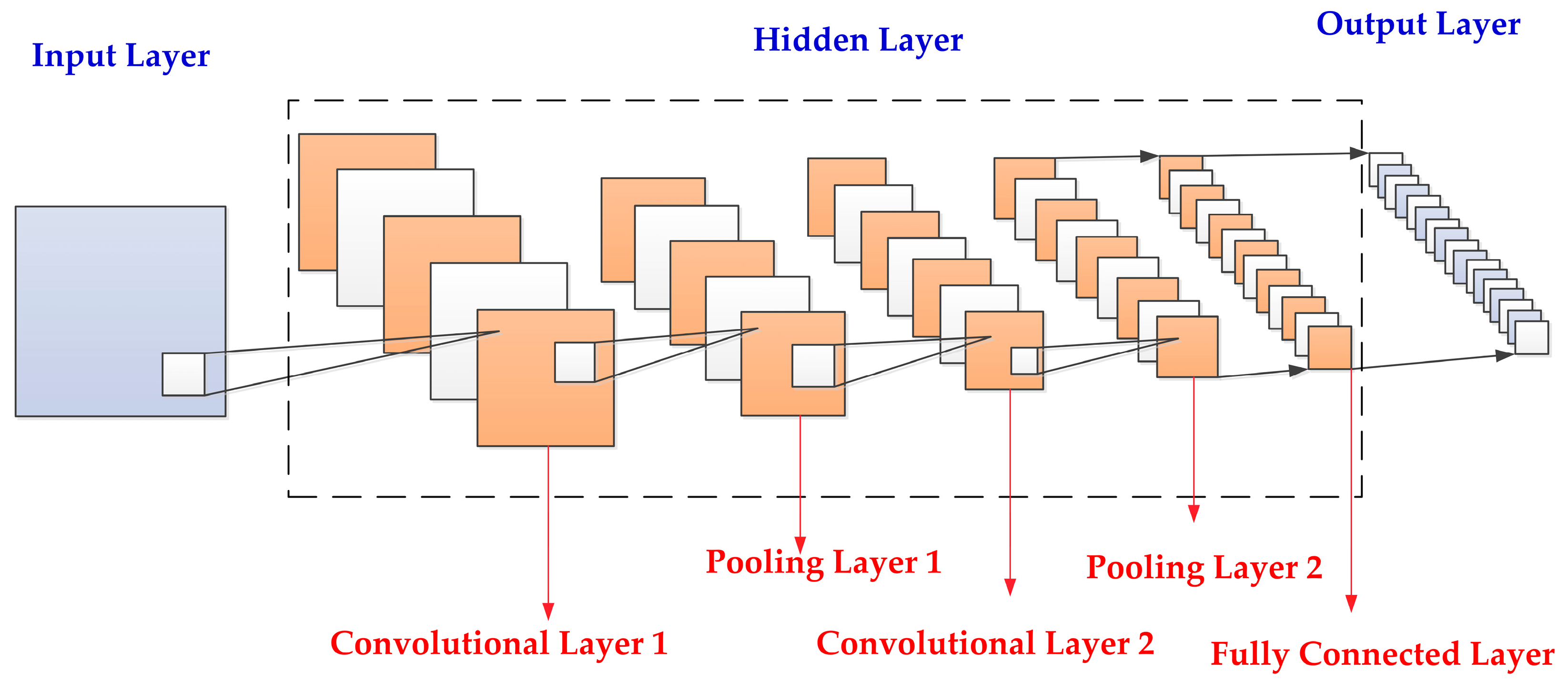
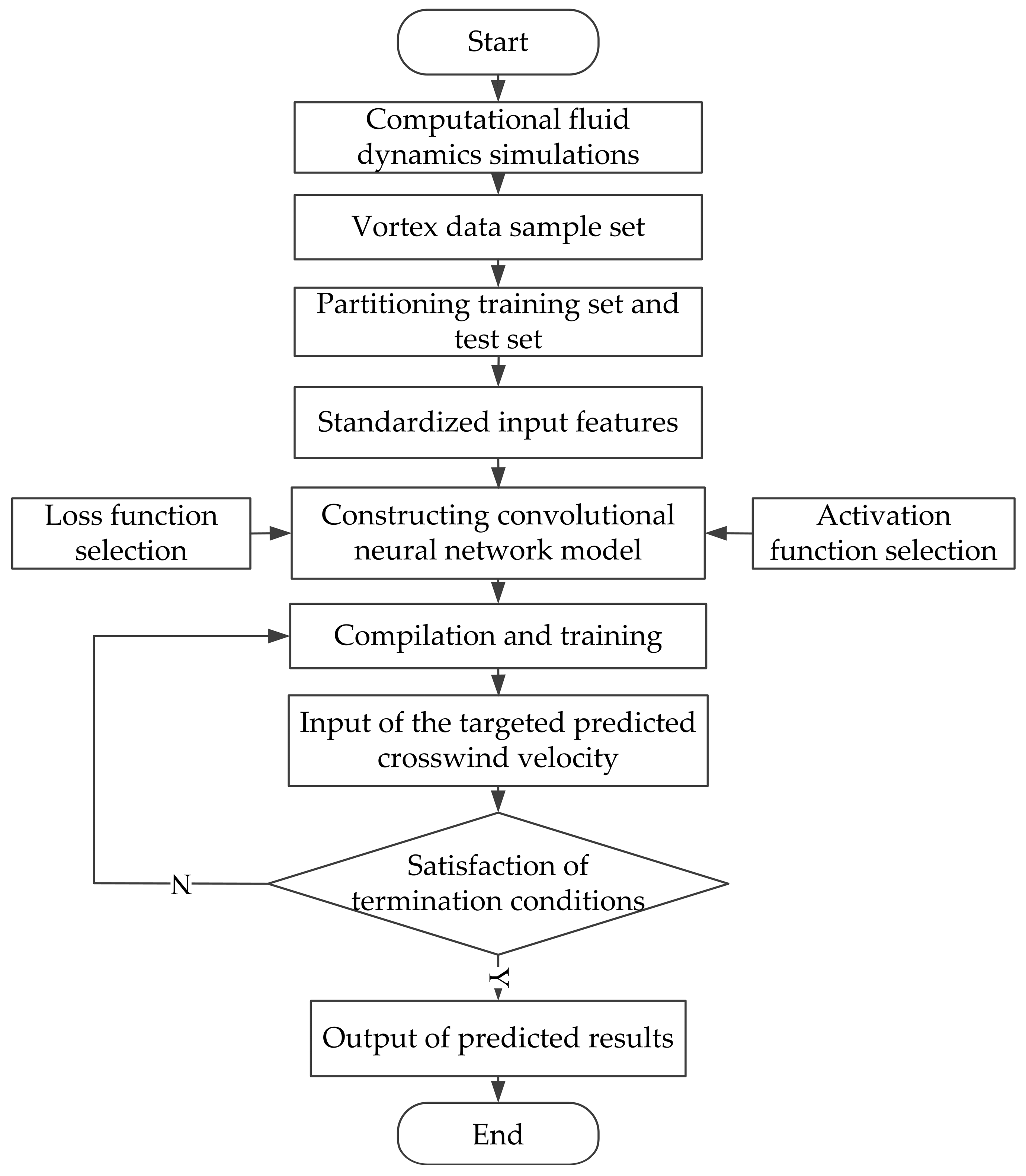
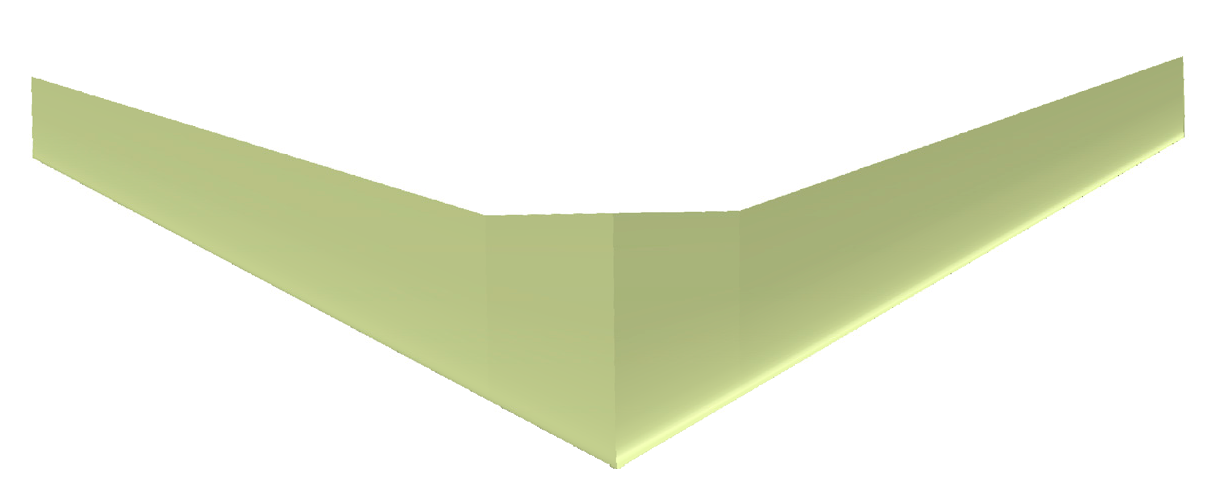
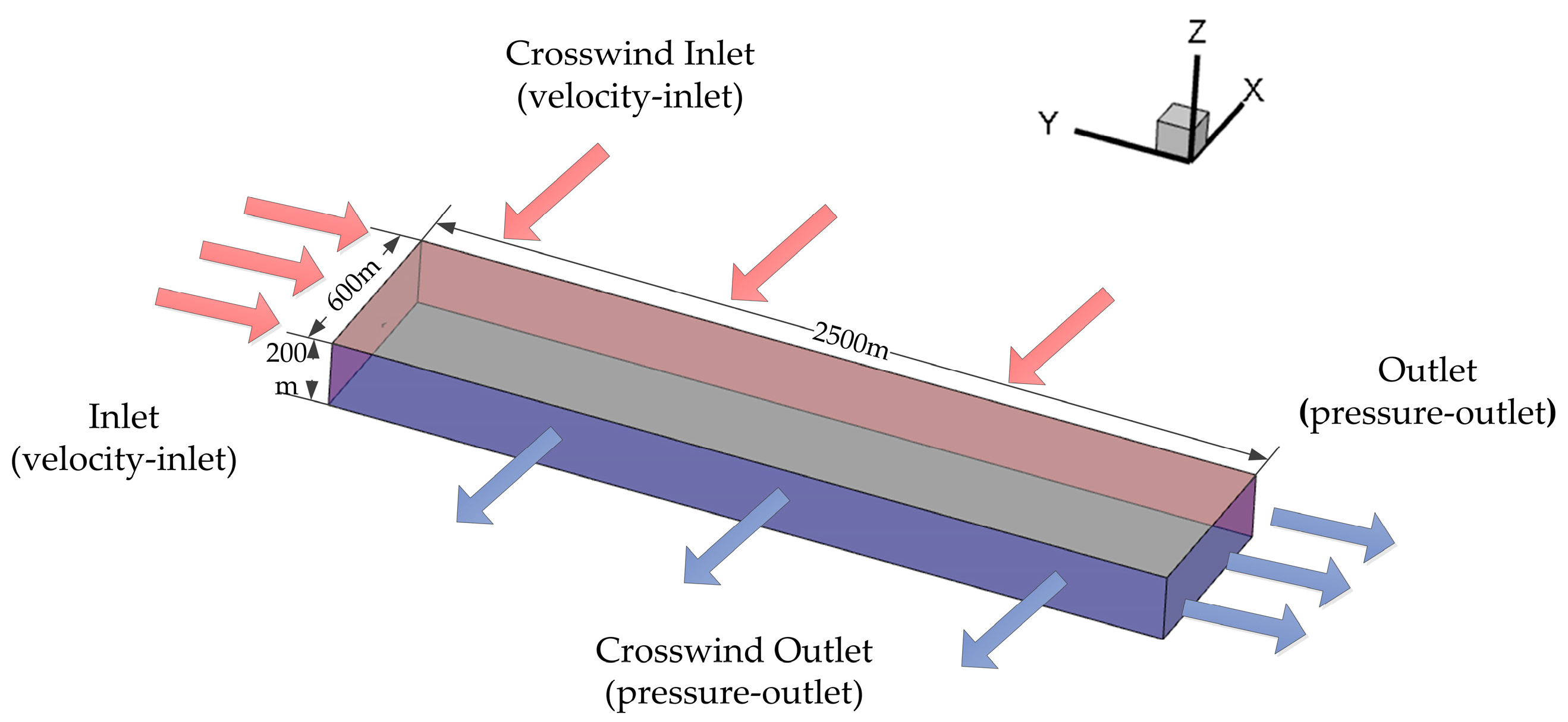

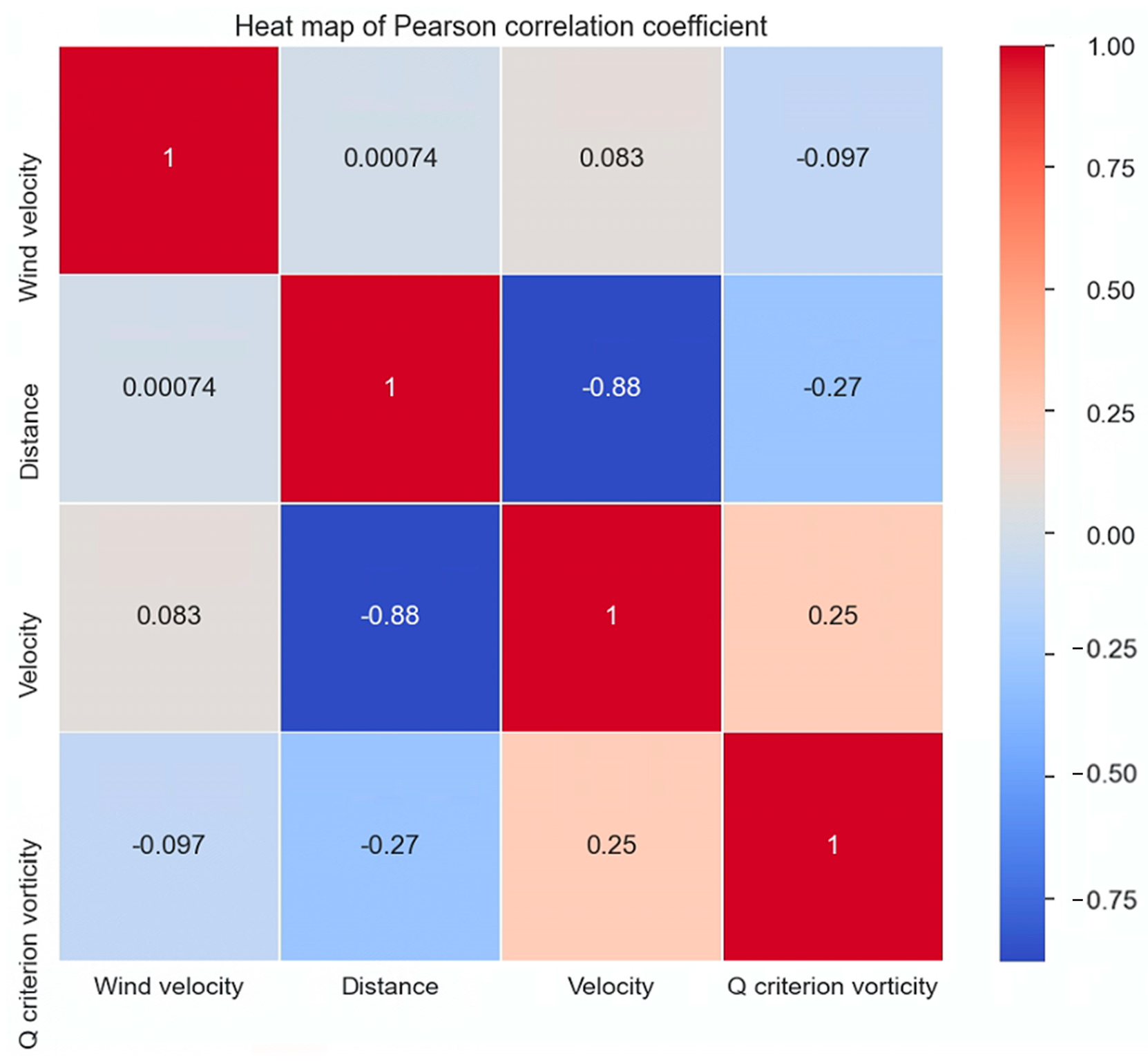

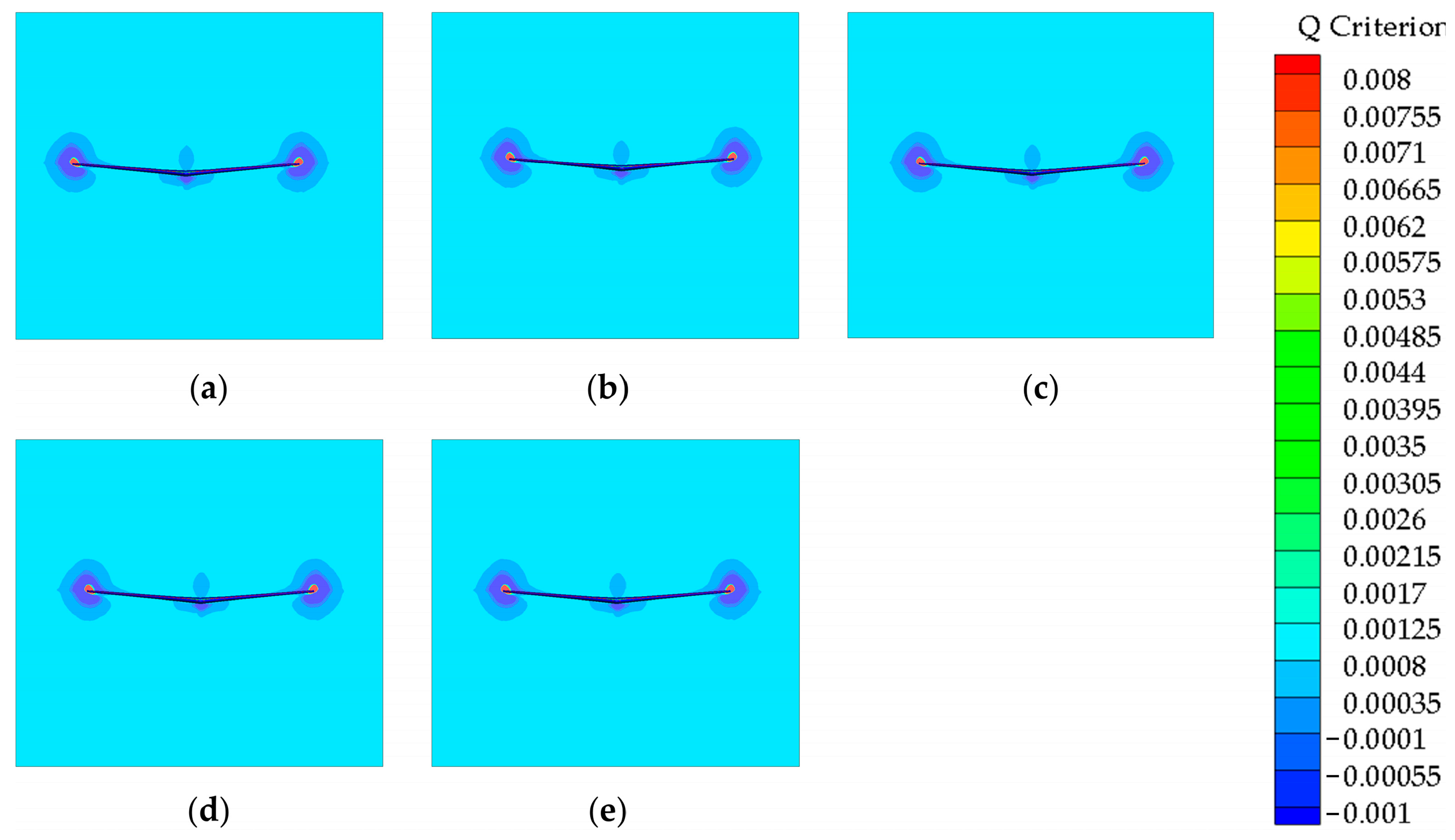
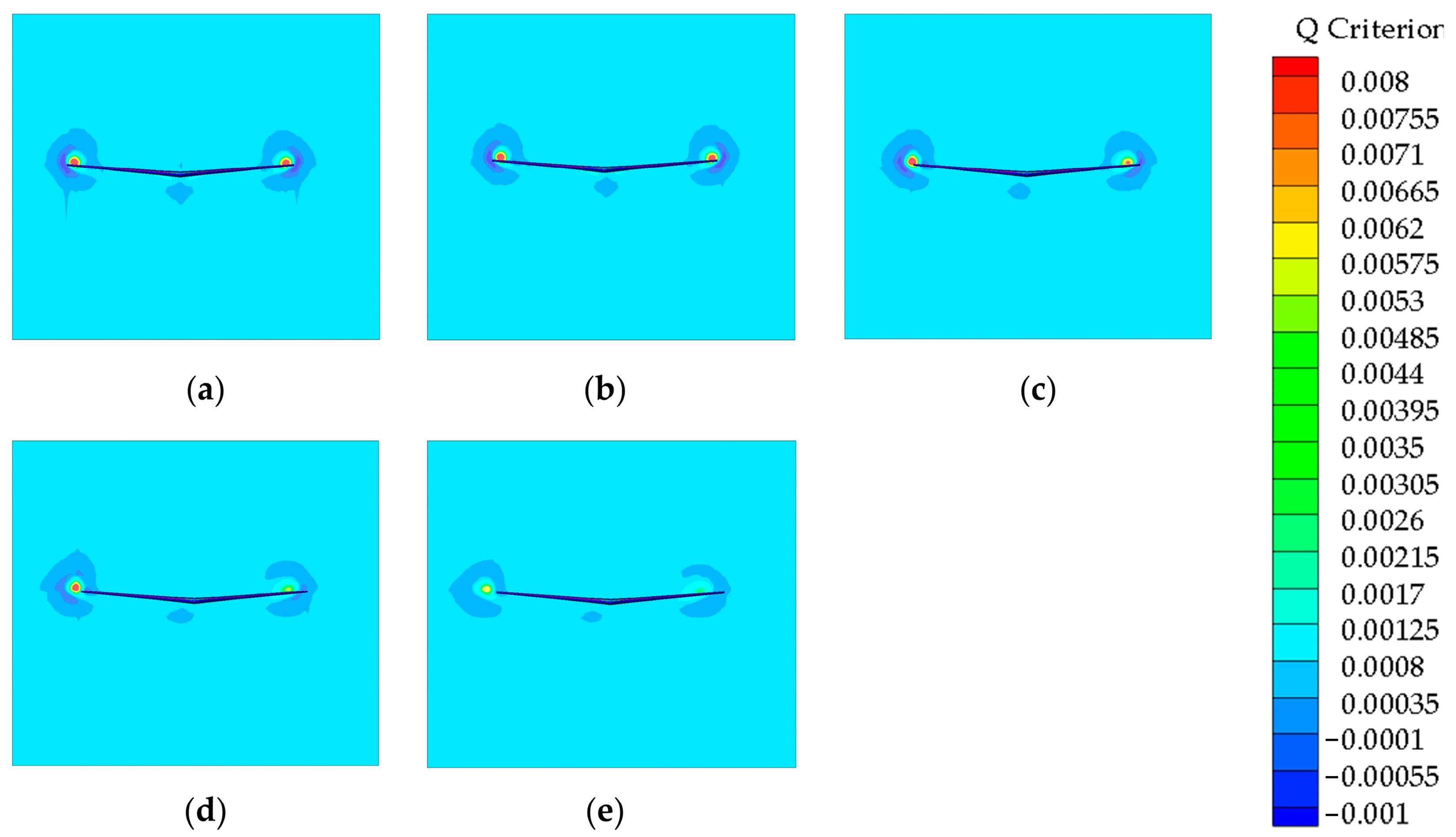

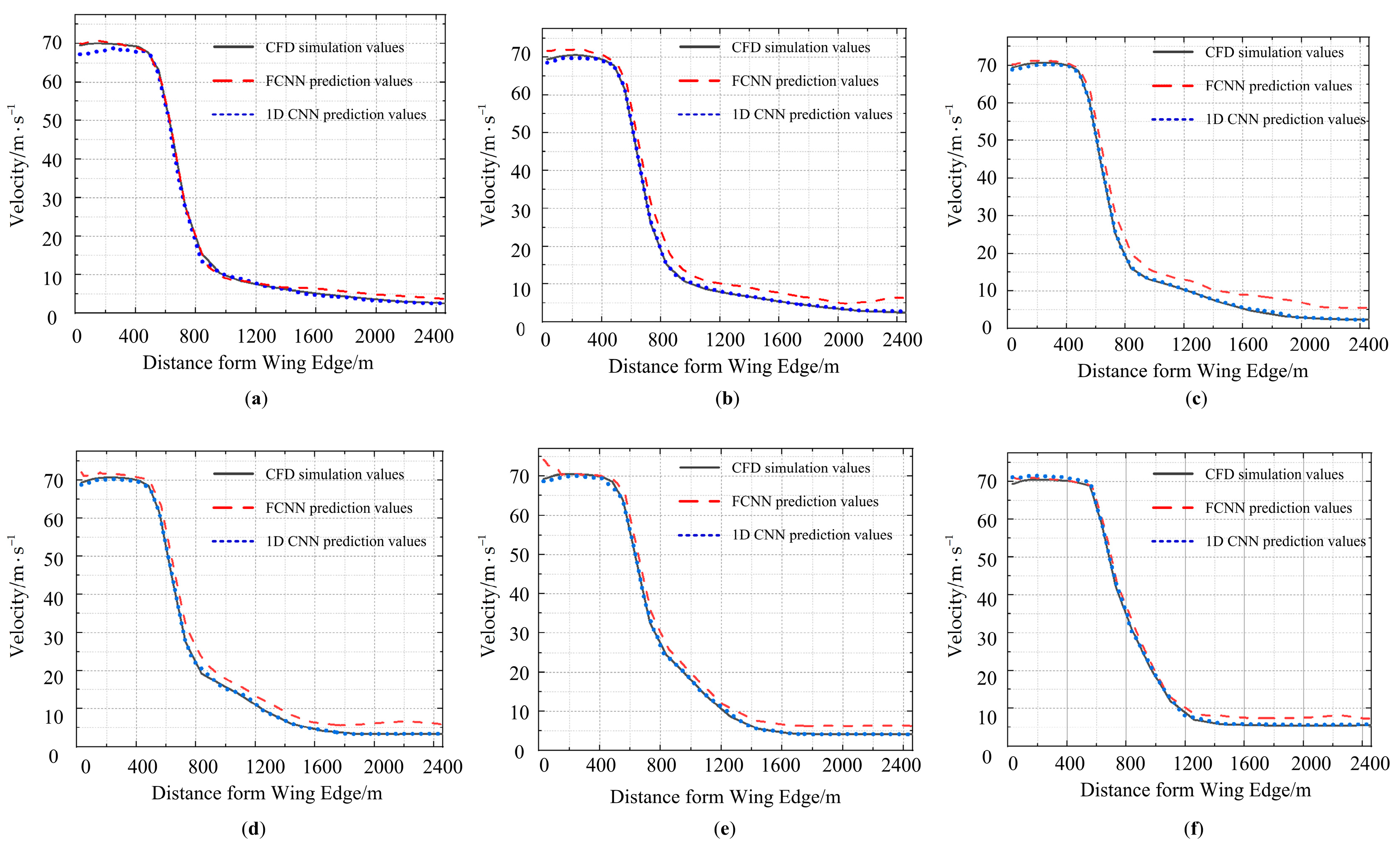
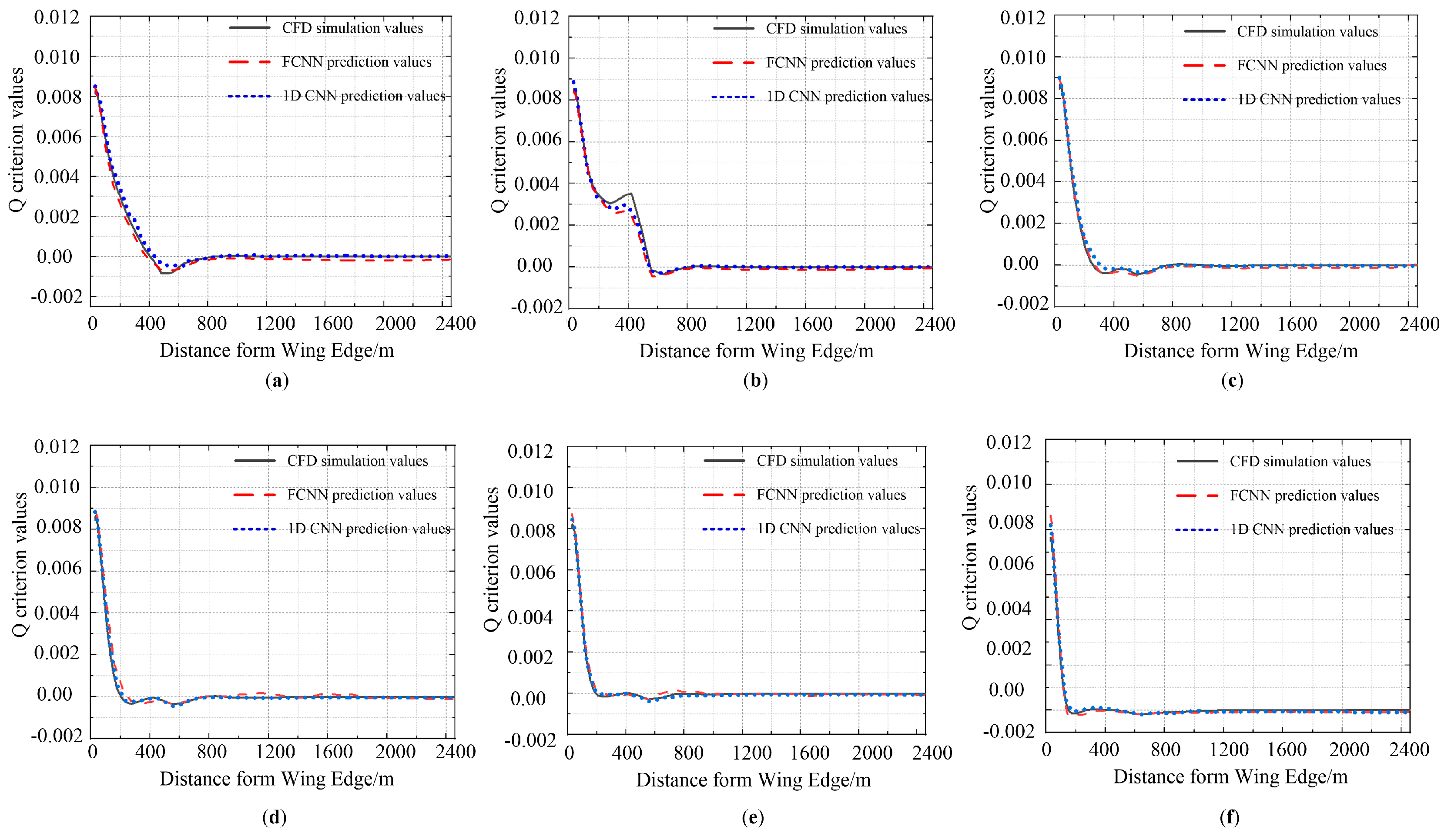
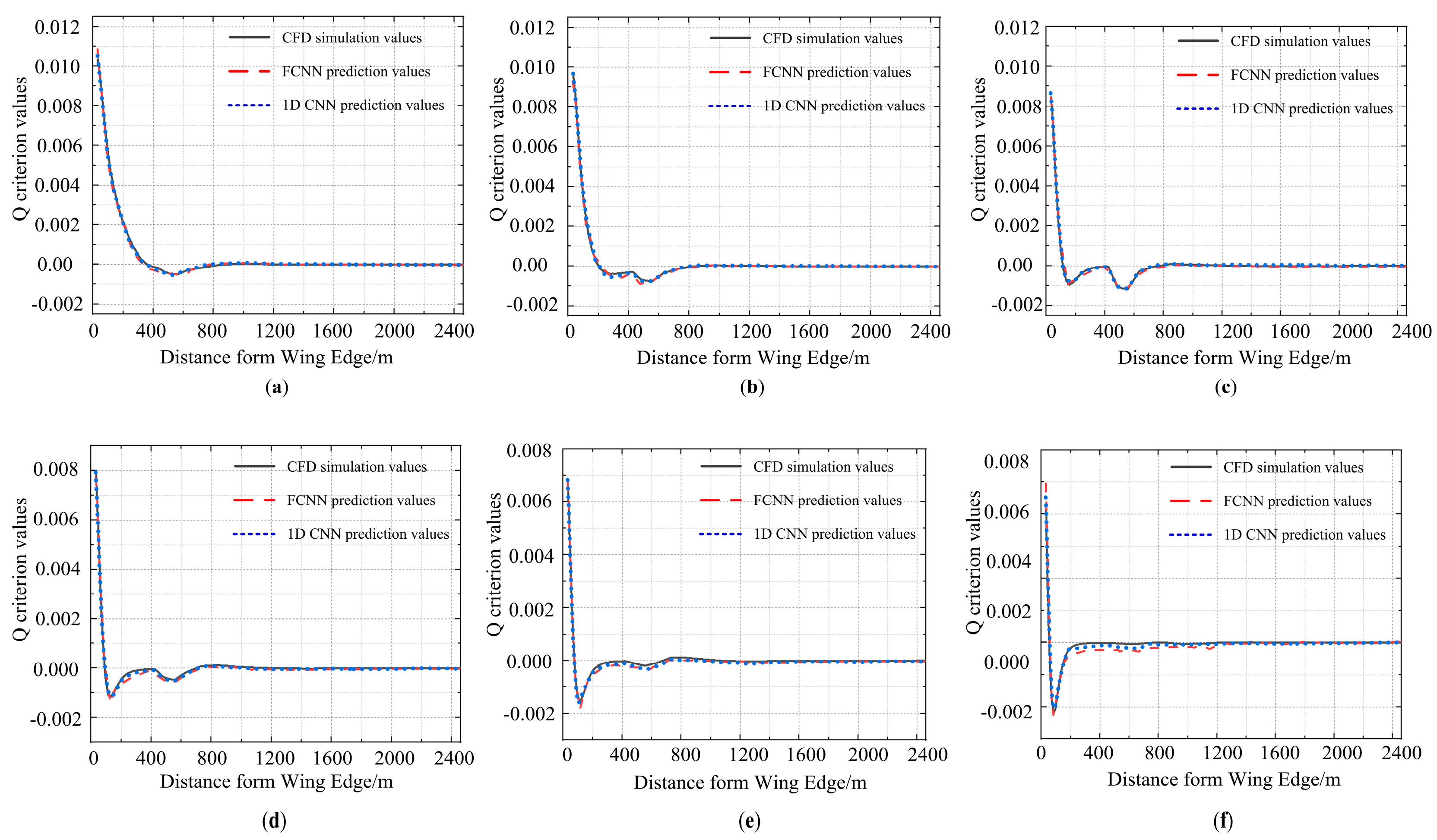
| Name. | Mean Squared Error (MSE) | Mean Absolute Percentage Error (MAPE%) | R-Squared (R2) |
|---|---|---|---|
| 1DCNN | 1.57 | 1.5% | 0.987 |
| FCNN | 3.35 | 3.8% | 0.984 |
Disclaimer/Publisher’s Note: The statements, opinions and data contained in all publications are solely those of the individual author(s) and contributor(s) and not of MDPI and/or the editor(s). MDPI and/or the editor(s) disclaim responsibility for any injury to people or property resulting from any ideas, methods, instructions or products referred to in the content. |
© 2023 by the authors. Licensee MDPI, Basel, Switzerland. This article is an open access article distributed under the terms and conditions of the Creative Commons Attribution (CC BY) license (https://creativecommons.org/licenses/by/4.0/).
Share and Cite
He, X.; Zhao, R.; Gao, H.; Yuan, C.; Wang, J. Prediction of Aircraft Wake Vortices under Various Crosswind Velocities Based on Convolutional Neural Networks. Sustainability 2023, 15, 13383. https://doi.org/10.3390/su151813383
He X, Zhao R, Gao H, Yuan C, Wang J. Prediction of Aircraft Wake Vortices under Various Crosswind Velocities Based on Convolutional Neural Networks. Sustainability. 2023; 15(18):13383. https://doi.org/10.3390/su151813383
Chicago/Turabian StyleHe, Xin, Rui Zhao, Haoran Gao, Changjiang Yuan, and Jingyi Wang. 2023. "Prediction of Aircraft Wake Vortices under Various Crosswind Velocities Based on Convolutional Neural Networks" Sustainability 15, no. 18: 13383. https://doi.org/10.3390/su151813383
APA StyleHe, X., Zhao, R., Gao, H., Yuan, C., & Wang, J. (2023). Prediction of Aircraft Wake Vortices under Various Crosswind Velocities Based on Convolutional Neural Networks. Sustainability, 15(18), 13383. https://doi.org/10.3390/su151813383






